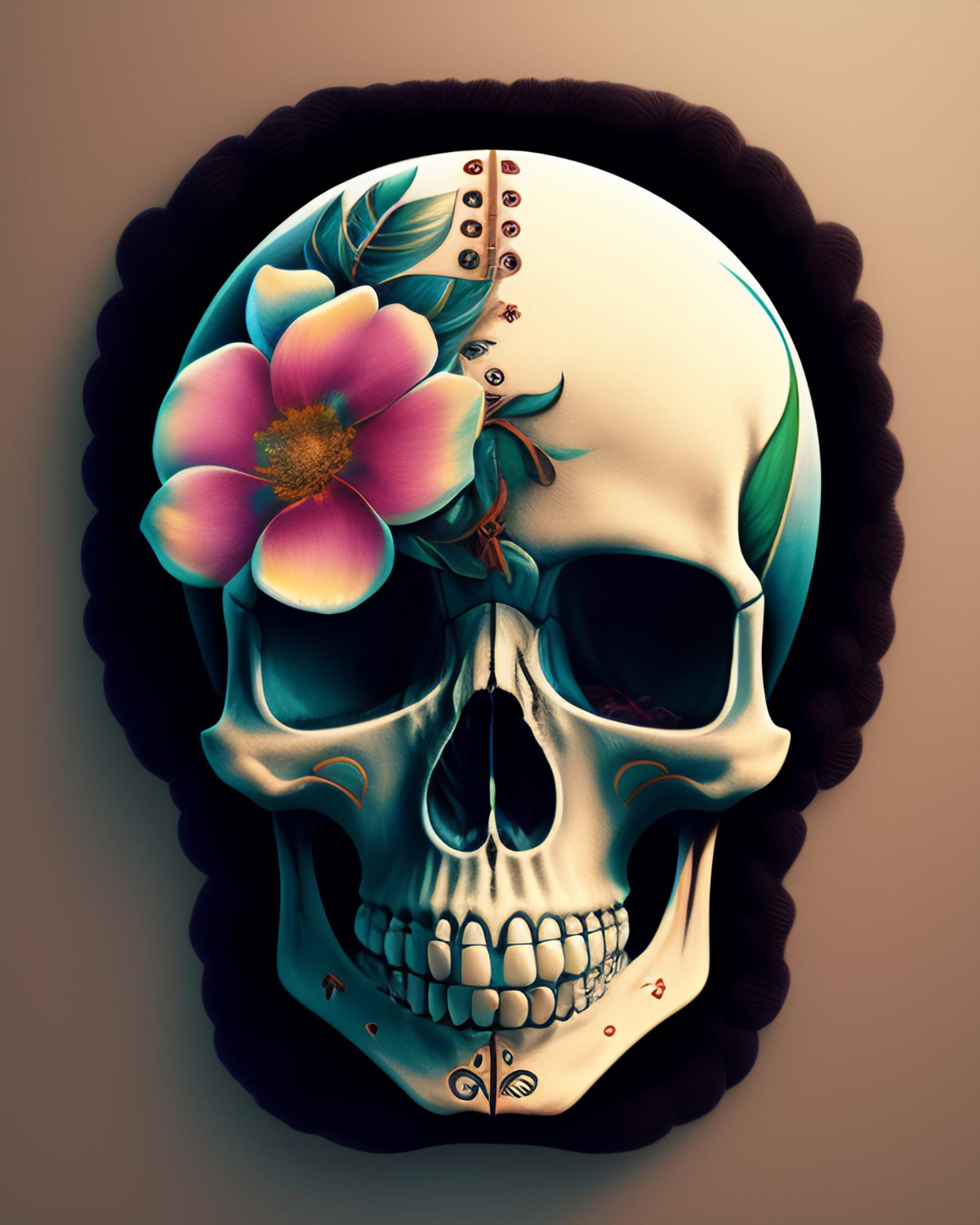My Final Fate
A personal essay by KJ Satchel
Have you ever thought about what will happen to your body after you die?
Yes, it can be a confronting topic. Still, it has fascinated me since I was a young child, and first grasped the concept of death and the transformation of a living, animate being into impermanent organic matter.
My mother was very clear that she didn’t want to be buried. She told unsettling stories of scratch marks inside coffins from people not actually dead yet when buried, waking up to struggle in vain trying to claw their way out, which triggered her claustrophobia. Instead, she and my father would both be cremated, whoever died first’s ashes waiting for the other, when they would be mixed together and scattered in three locations close to their hearts. This didn’t seem like a strange topic to be discussed at family dinners or on mountain walks. It was open and frank, and we didn’t fear that talking about hypothetical death would lead to actual death anytime soon.
I agreed that I didn’t want to be buried in a coffin, but equally, I didn’t want all my energy to go up in smoke. At this age – back in the 70s and 80s, when the climate crisis was still dubbed ‘global warming’ and scoffed at – I didn’t want to vanish into thin air. I felt it would be a waste if the only part of me that was left just went up in smoke. Poof. I was (and still am) an atheist, and with no division between a soul and a body, what happens to my body after I die felt (and feels) meaningful. I didn’t want it to just go up in smoke. Now, as awareness of the environmental impact of cremation has grown, with its substantial energy consumption and air pollution, I’m even more mindful of this choice.
During my teenage years, donating my body to medicine felt somewhat terrifying. The thought of a bunch of students standing around dissecting me, joking and treating my body as an object rather than a person, felt humiliating and embarrassing. I still wouldn’t choose this as a first option, largely because after study, remains are cremated rather than buried, but I no longer fear the thought.
Here are some ways I would be okay with my body being disposed of:
- thrown into the sea to be eaten;
- left out for wild animals (a tiger or bear seems romantic, birds of prey a bit more ghoulish);
- wrapped in a shroud and buried vertically, or even in a biodegradable cardboard coffin);
- donated for forensic study at a body farm in Western Sydney, a practice known as taphonomy;
- composted (aka natural organic reduction) with the resulting soil to grow a tree. This is my top pick, and if you listen to this Science VS episode, I bet you’ll pick composting as your top choice, too.
Unfortunately, most of these aren’t currently options in Australia. I wonder if I could get Council approval for a backyard burial?
When my pets have died over the years, I have buried them in my garden. Digging the hole, usually with tears streaming down my cheeks, is therapeutic. Grief needs outlets like this – physical and raw. When my Labrador died a few years ago, my son and I dug a hole. She was a big dog; the hole was deep and filled with tears. We had lined up a spot before she died, a patch of clayey soil near the fence we share with our neighbours, who also loved her. When we laid her body in the hole, we put potatoes all around her before covering her with soil. For months, the potatoes grew and broke down the clay, encouraging worms and other ‘good soil’ creatures. A year later, we dug a smaller hole nearby to bury our elderly duck when she, too, died, like all living things eventually do. Then we planted an avo tree in the soil above them. The thought of season upon season of avos for us and our neighbours coming as a gift from Jess and Squiggle makes me smile. Would people be as keen to eat from a tree fed by nutrients from my body?
The practice of burial is often considered a fundamental characteristic of human culture. While some animals exhibit behaviours that could be interpreted as mourning or covering the dead, such as elephants, crows, chimpanzees, dolphins, and whales, the comprehensive practice of burying corpses remains predominantly a human phenomenon. The act of burial implies behaviours such as recognition of death, concern over the disposition of the body, and possibly cultural or spiritual associations with remains. It represents an early hallmark of what makes us as a species unique in the animal kingdom. There is evidence that our close hominid cousins, the Neanderthals, buried their dead and possibly laid flowers on the bodies before filling in the grave. Recently, there have been claims that a more distant cousin, the small-headed Homo Naledi, buried their dead in the Rising Star Cave system in South Africa 300,000 years ago. Whether or not this claim stands up to peer review, humans have undeniably gone further than any other species. Through the ages, humanity has continued developing increasingly elaborate funerary rites, signifying how we regard burial as a defining aspect of our social and cultural evolutionary heritage.
While the final choice around my death and disposition is still some way off (I hope), reflecting on these matters is a curiously life-affirming process. Discussing death openly from a young age and considering natural ways to return my body to the earth echoes my connection to nature. Thinking of death need not diminish living; it offers perspective to cherish each moment and inspires striving to leave this world slightly greener than I found it, enriching the soil for the future.

